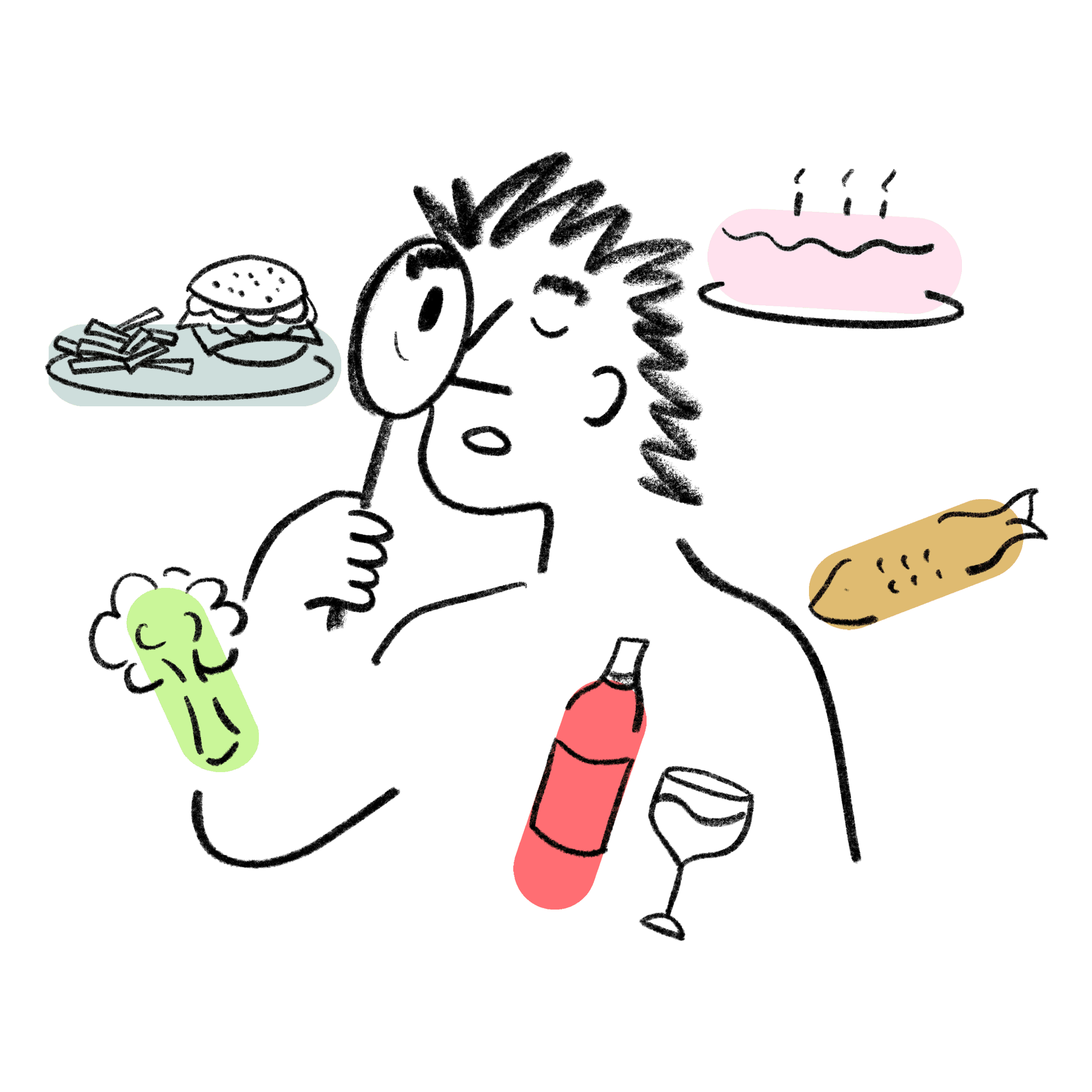Browning of sugar molecules that changes their flavors, color, and texture.

What are the fundamentals of caramelization?
Caramelization is a culinary and chemical process that occurs when sugars are heated to a certain temperature where they undergo a series of complex chemical reactions. These reactions result in the characteristic golden-brown color and rich flavor associated with caramelized foods.
When exposed to relatively high heat, sugars begin to melt and darken in color. For example, pure sugar melts around 320°F/160°C and then begins rapidly caramelizing around 338°F/170°C and upwards. From here the color darkens, new flavors develop, and depending on the final caramelized temperature and added ingredients, the mixture can crystalize into different textures.
This same process happens in the sugars found in fruits and vegetable ingredients, which can lead to lightly crispy or browned exteriors when cooked.
- Unlike the , which requires both amino acids and sugars, caramelization can happen in the presence of specific alone.
➡️ Catalyst: Heat
🛠️ Relevant techniques:
🔬Relevant molecules:
Example foods
- Creme brulee
- Caramelized onions
- Dulce de leche
- Roasted carrots & beet
How does caramelization affect the elements of flavor?
In order of importance:
— Caramelization creates hundreds of new aroma molecules, leading to complex flavors that aren’t anything like their raw counterparts (think of pure sugar vs. dark caramel).
— Caramelization can turn dry sugars into liquids, chewy caramels, or hard crystalized textures. Because caramelization usually happens at temperatures that evaporate water and dehydrate the surface of foods, it can result in crisp exterior textures, like in the case of starchy vegetables.
— While caramelization mainly creates new aromas, the reaction accentuates sweetness by changing the sugar properties in certain fruits or starch vegetables. When the caramelization goes too far, browning can turn some ingredients bitter, like burnt caramel.
— Because you can easily control caramelization with temperature and time, you can dial in the color of a dish to your desired browning levels. For example, you might want a French canelé to be perfectly browned, but keep a vanilla cupcake completely pale.
— We’ve come to associate the word “caramel” with a certain color and taste. Often caramelized sweet food can have strong emotional triggers, and evoke childhood memories or are associated with a special occasion or tradition.
— The enticing sight and complex aromas of a well-caramelized food may trigger salivation.

The Mouthful
Become a smarter home cook every Sunday
Join 60,000+ home cooks and get our newsletter, where we share:
- Recipe frameworks & cooking protocols
- Food trends explained
- Meal recommendations
- Q&A from expert home cooks
We hate spam too. Unsubscribe anytime.

